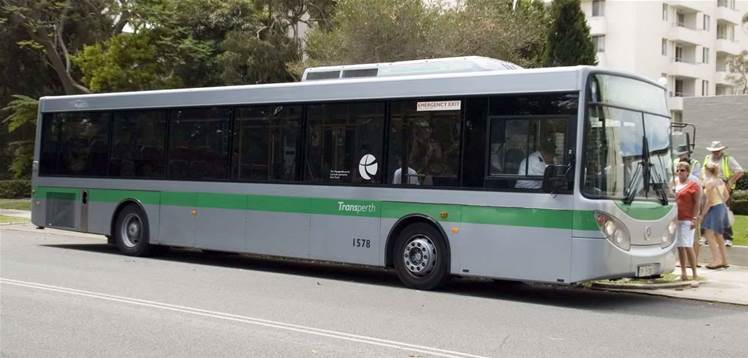Perth commuters will be able to monitor bus arrivals in real time starting from next year, with the government announcing a $17 million deal to build a city-wide GPS tracking system today.

Downer EDI, which also rolled out the city’s electronic ticketing network, has been awarded the deal.
“You will be able to look at your smartphone or tablet, or your work PC and determine the exact location of your bus, rather than referring to a timetable,” Transport Minister Dean Nalder told commuters in a statement this morning.
WA Transport has already built the proprietary Transperth mobile app, which Nalder indicated would become the primary channel for commuters to access real time arrival estimates.
Nalder's office did not respond to questions around whether the government intends to release the real-time feeds to third party app developers to establish a marketplace of smartphone tools, bringing it into line with the approach taken by other states like NSW, by the time of writing.
iTnews understands the WA Public Transport Authority declined to release data feeds to app developers during a technology trial conducted using 130 buses based at the Karrinyup depot, but has been weighing up the option of involving third parties for the full roll-out phase.
Downer EDI’s Gary Zentilomo, who is working on the project, told iTnews the roll-out will replace and upgrade the on-bus GPS equipment used to track passengers as they tap-on and tap-off with their SmartRider smart cards, and will see new back-office software provided to the PTA.
Installation of the new system will mean the GPS data previously used primarily on board to measure passenger trips will now be fed back to the central PTA monitoring hub via 3G and 4G networks, and will enable continuous monitoring of bus locations.
Zentilomo, who has also worked on tracking and e-ticketing projects in NSW and Queensland, said that beyond the direct benefit to customers, the new equipment would offer the state valuable insights into how its transport system works.
“The real value comes from having really good information about where your buses are at all times and how they are affected by passenger interactions," he said.
“This information can lead to better fleet utilisation, which for the government means they can possibly defer capital investments by simply deploying their fleets better.
“Managing the network better will also mean it is better positioned to cope with growth and respond to change.”
Nalder said his government would use the data to try to improve bus performance in the city.
Perth’s network of over 1300 public buses has been struggling under increased pressure and congestion in recent years, with on-time arrival performance across the fleet dropping from 92 percent in 2000-01 to 75 percent in 2012-13.





.png&h=140&w=231&c=1&s=0)





 iTnews Executive Retreat - Security Leaders Edition
iTnews Executive Retreat - Security Leaders Edition











_(1).jpg&h=140&w=231&c=1&s=0)



